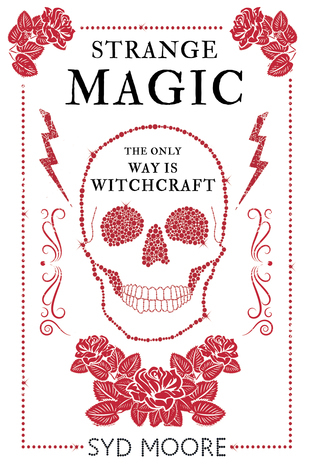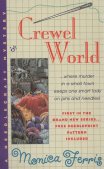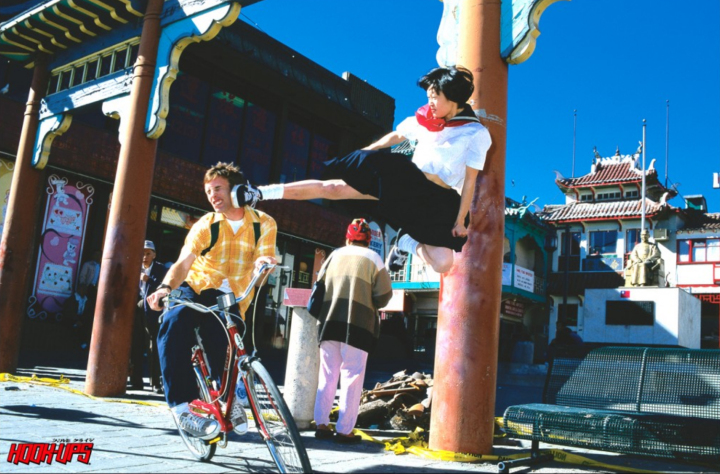 In “Strange Magic” Rosie Strange inherits the Essex Witch Museum from her estranged grandfather and finds herself pulled into skullduggery involving violent occult practitioners, a race against time to save a young boy’s life and a gruesome treasure hunt.
In “Strange Magic” Rosie Strange inherits the Essex Witch Museum from her estranged grandfather and finds herself pulled into skullduggery involving violent occult practitioners, a race against time to save a young boy’s life and a gruesome treasure hunt.
This is a light, fast, often funny read that draws much of its humour and most of its originality from the fact that Rosie Strange is an Essex Girl from generations of Essex Girls.
Essex Girls were invented in the UK in the 1980s, a decade when much humour on television was thinly disguised misogyny and racism presented with an “only joking, luv” passive aggressive veneer. The basic premise was that Essex girls were dumb, blonde, working class and promiscuous and therefore deserved to be treated with disdain and abuse in the name of wholesome fun. This stereotype and even some of the alleged jokes survive to the present day.
Syd Moore gives Rosie the working class background and estuary accent of the Essex girl. She also makes her smart, independent, irreverent, stubborn, curious, sexually confident and brave. It becomes clear that Rosie is an archetype of generations of strong women from Essex and that those women explain the disproportionately large number of witches murdered in Essex during the various purges.
“Strange Magic” is gentle fun, easy on the ear but with a grit beneath the surface that lifts it into something distinctive.
I recommend the audiobook version because accents are an important part of the characterization. Click on the SoundCloud link below to hear an example.
In the interview below, Syd Moore talks about the Essex Girl stereotype, its impact and how it got her started on writing this series.
Advertisements Rate this:Share this:
- Share





